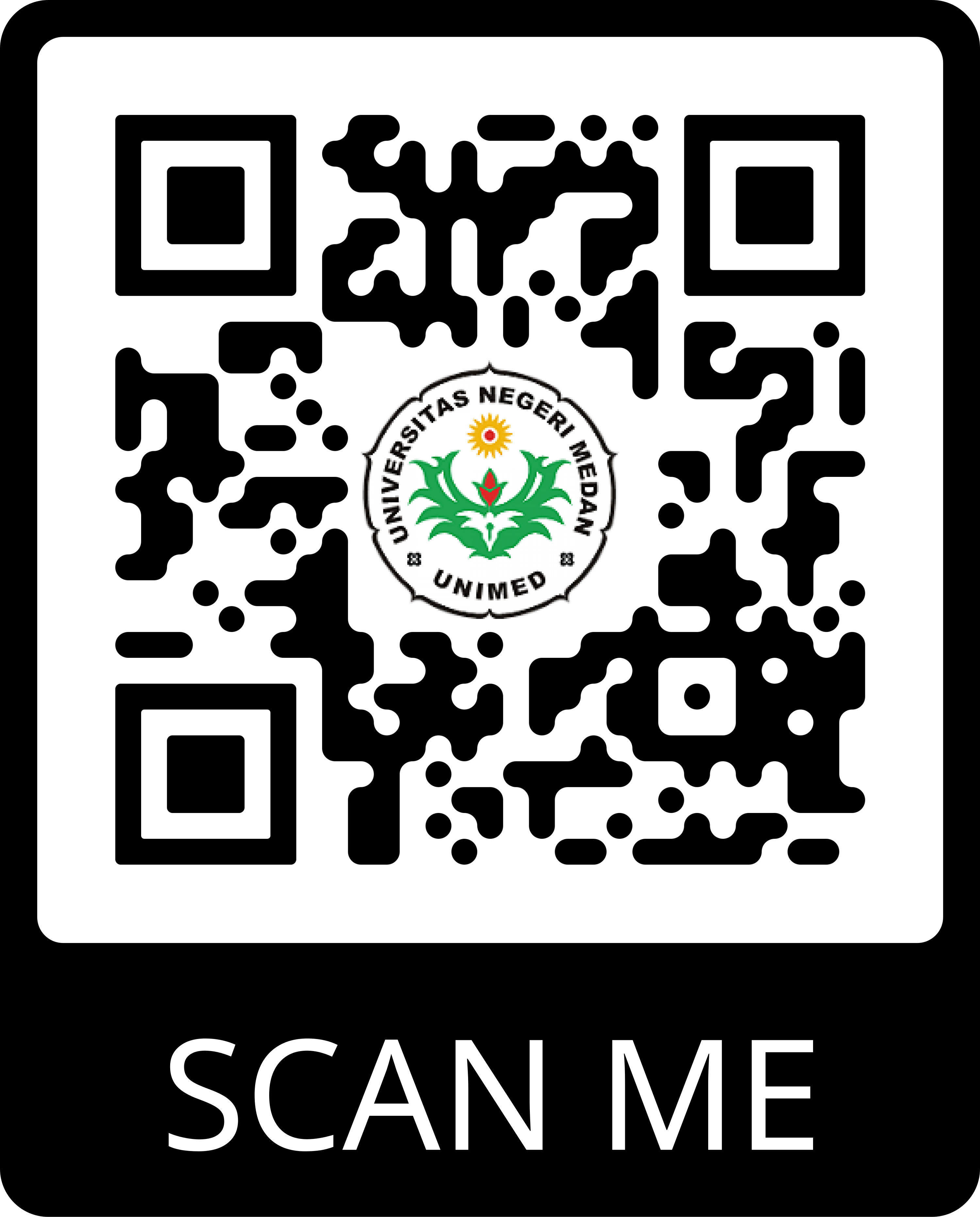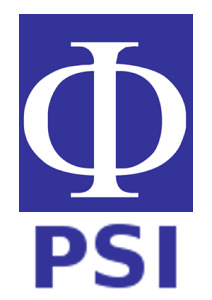EFFECT OF INQUIRY LEARNING MODEL TRAINING AND CRITICAL THINKING SKILLS ON SCIENTIFIC KNOWLEDGE CLASS X
Abstract
Keywords
Full Text:
PDFReferences
Ataha, C. 2013. An investigation of scientific attitude among students in senior Secondary Schools in Edo South Senatorial District, Journal of education and Practice,Volume 4. Fisher, A. 2001. Critical Thinking An Introduction. New York: Cambridge University Press Joyce, B. 2009.Models of Teaching, Edisi Delapan. Yogyakarta: Pustaka Belajar Konopka, C.L. 2015. Active Teaching and Learning Methodologies: Some Considerations. Scientific Research Publishing Inc. Krathwohl, D. R. 2002. A revision of Bloom's Taxonomy: an overview Theory Into Practice, College of Education, The Ohio State University Learning Domains or Bloom's Taxonomy: The Three Types of Learning.
McGregor, D. 2007, Developing Thinking; Developing learning. A Guide to Thinking Skills in Education, New York, McGraw Hill Open University Press. Neizhela, A. 2015. Meningkatan Hasil Belajar Melalui Pendekatan Kontekstual dengan Metode Think Pair Share Materi Kalor Pada Siswa SMP. Unnes Physics Education Journal. Notoatmodjo, S. 2010. Metodologi Penelitian Kesehatan. Jakarta : Rineka Cipta Sagala, S. 2011. Konsep dan Makna Pembelajaran. Bandung: Alfabeta Sanjaya, W. 2009. Strategi Pembelajaran Berorientasi Standar Proses Pendidikan. Jakarta: Kencana Prenada Media Group. Slameto. 2010.Belajar dan Faktor-faktor yang Mempengaruhinya. Jakarta: Rineka Cipta Suriasumantri, J. S . 1990. Filsafat Ilmu: Sebuah Pengantar Populer. Jakarta: Pustaka Sinar Harapan. Trianto. 2011. Model-Model Pembelajaran Inovatif Berorientasi Konstruktivistik. Jakarta: Penerbit Prestasi Pustaka
DOI: https://doi.org/10.22611/jpf.v5i2.4403
Article Metrics
Abstract view : 491 timesPDF - 372 times
Refbacks
- There are currently no refbacks.
Copyright (c) 2016 Jurnal Pendidikan Fisika

This work is licensed under a Creative Commons Attribution 4.0 International License.
___________________________________________________________________________________________________________________________________________
Jurnal Pendidikan Fisika
p-ISSN : 2252-732X | e-ISSN : 2301-7651
Organized by The Magister of Physics Education Departement in State University of Medan in collaboration with Physical Society of Indonesia (PSI)
W: https://jurnal.unimed.ac.id/2012/index.php/jpf/index
E : jpfunimed@unimed.ac.id
rajo.hasim@gmail.com (principal contact)

_____________________________________________________________________________________________________________________________________________

This work is licensed under a Creative Commons Attribution 4.0 International License.





